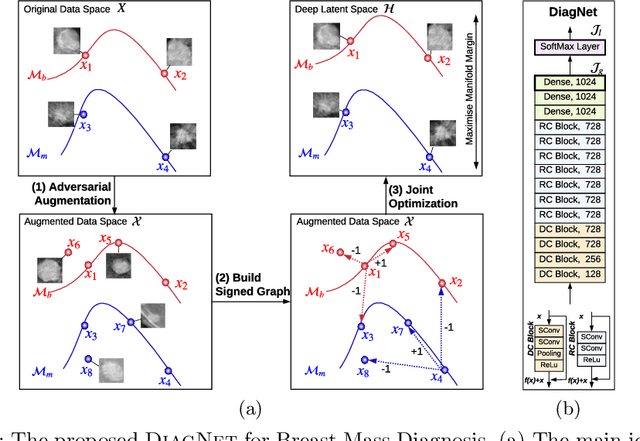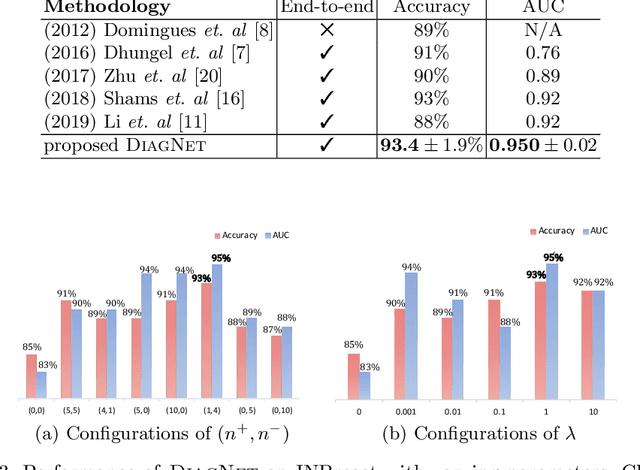David I. Laurenson
Novel 3D Geometry-Based Stochastic Models for Non-Isotropic MIMO Vehicle-to-Vehicle Channels
Dec 01, 2023



Abstract:This paper proposes a novel three-dimensional (3D) theoretical regular-shaped geometry-based stochastic model (RS-GBSM) and the corresponding sum-of-sinusoids (SoS) simulation model for non-isotropic multiple-input multiple-output (MIMO) vehicle-to-vehicle (V2V) Ricean fading channels. The proposed RS-GBSM, combining line-of-sight (LoS) components, a two-sphere model, and an elliptic-cylinder model, has the ability to study the impact of the vehicular traffic density (VTD) on channel statistics, and jointly considers the azimuth and elevation angles by using the von Mises Fisher distribution. Moreover, a novel parameter computation method is proposed for jointly calculating the azimuth and elevation angles in the SoS channel simulator. Based on the proposed 3D theoretical RS-GBSM and its SoS simulation model, statistical properties are derived and thoroughly investigated. The impact of the elevation angle in the 3D model on key statistical properties is investigated by comparing with those of the corresponding two-dimensional (2D) model. It is demonstrated that the 3D model is more accurate to characterize real V2V channels, in particular for pico cell scenarios. Finally, close agreement is achieved between the theoretical model, SoS simulation model, and simulation results, demonstrating the utility of the proposed models.
Signed Laplacian Deep Learning with Adversarial Augmentation for Improved Mammography Diagnosis
Jun 30, 2019


Abstract:Computer-aided breast cancer diagnosis in mammography is limited by inadequate data and the similarity between benign and cancerous masses. To address this, we propose a signed graph regularized deep neural network with adversarial augmentation, named \textsc{DiagNet}. Firstly, we use adversarial learning to generate positive and negative mass-contained mammograms for each mass class. After that, a signed similarity graph is built upon the expanded data to further highlight the discrimination. Finally, a deep convolutional neural network is trained by jointly optimizing the signed graph regularization and classification loss. Experiments show that the \textsc{DiagNet} framework outperforms the state-of-the-art in breast mass diagnosis in mammography.
 Add to Chrome
Add to Chrome Add to Firefox
Add to Firefox Add to Edge
Add to Edge